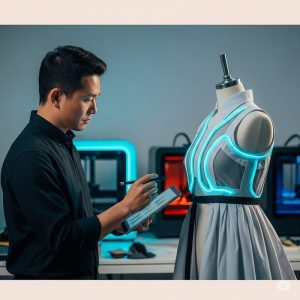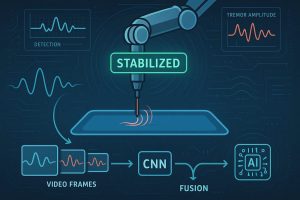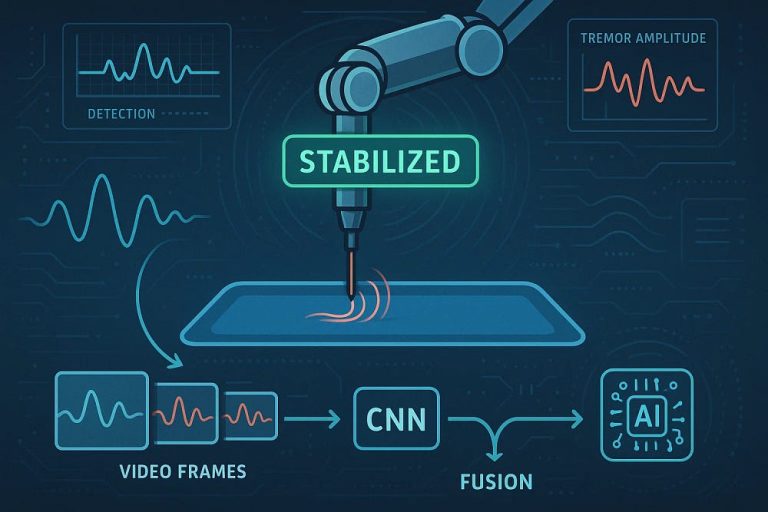Fashion has long been a creative industry — but now, it’s also a tech one. From idea to consumer, technology is a transformational force in how fashion designers think, make, and distribute fashion. From digital design software to AI-driven predictions, technology is getting fashion smarter, faster, and more diverse than ever before.
Here’s how innovation is changing modern fashion design.
1. Digital Drawing and 3D Modelling
Those days of pencil and paper are gone. Designers today employ digital sketching tools such as Adobe Illustrator, Procreate, and CorelDRAW to produce accurate, editable designs. Software such as CLO 3D and Browzwear allow for realistic 3D garment simulation, allowing designers to see fit, drape, and texture on digital models — before a single piece of fabric is even cut.
This reduces wastage, shortens design cycles, and facilitates collaboration among global teams.
2. AI and Fashion Forecasting
Artificial intelligence is transforming the way fashion trends are predicted.
Tools such as Heuritech and Edited scan millions of runway, social media, and shopping platform images to recognize patterns and future trends.
Designers utilize this information to make more informed business and creative decisions — minimizing the risk of creating fashions that consumers will not like.
3. Virtual Sampling and Prototyping
Conventional prototyping is labor-intensive and wasteful. Virtual sampling is the technique that designers employ today to try garments on virtual avatars. It allows for instant changes in design, fit, and material selection — making sample production more efficient and nudging more eco-friendly practices.
This is particularly relevant for small brands or independent fashion designers who must manage expenses wisely.
4. Sustainable Fabric Innovation
Technology is driving innovation in sustainable materials such as mushroom leather, spider silk, and upcycled fibers.
Brands today collaborate with textile technology firms to create strong, fashion-forward, and biodegradable fabrics in favor of a more sustainable fashion future.
Also, advances in fabric tracking systems help ensure supply chain transparency and fair sourcing.
5. Augmented Reality (AR) and Virtual Try-Ons
AR is enhancing customer experience with virtual try-ons for clothing, accessories, and cosmetics. Apps and digital mirrors enable customers to “try before they buy,” enhancing confidence and lowering return rates. For designers, this translates to fewer samples and an easier route to market.
6. Fashion in the Metaverse and Digital Fashion
Designers are now creating digital-only garments for avatars and virtual worlds. Players like Gucci and Balenciaga are exploring fashion in the metaverse, where clothes only exist virtually. It’s an entirely new frontier — one where technology, design, and identity converge in innovative ways.
Conclusion
Technology is no longer optional in fashion — it’s fundamental. From digital tools and AI to sustainable innovation and virtual fashion, today’s designers are embracing tech to create smarter, more responsible, and more engaging fashion experiences. As innovation increases, the future of fashion promises to be just as clever as it is inspiring.
















+ There are no comments
Add yours